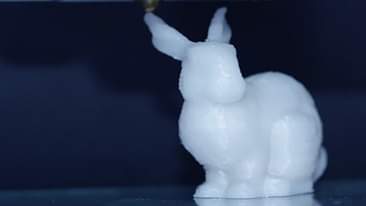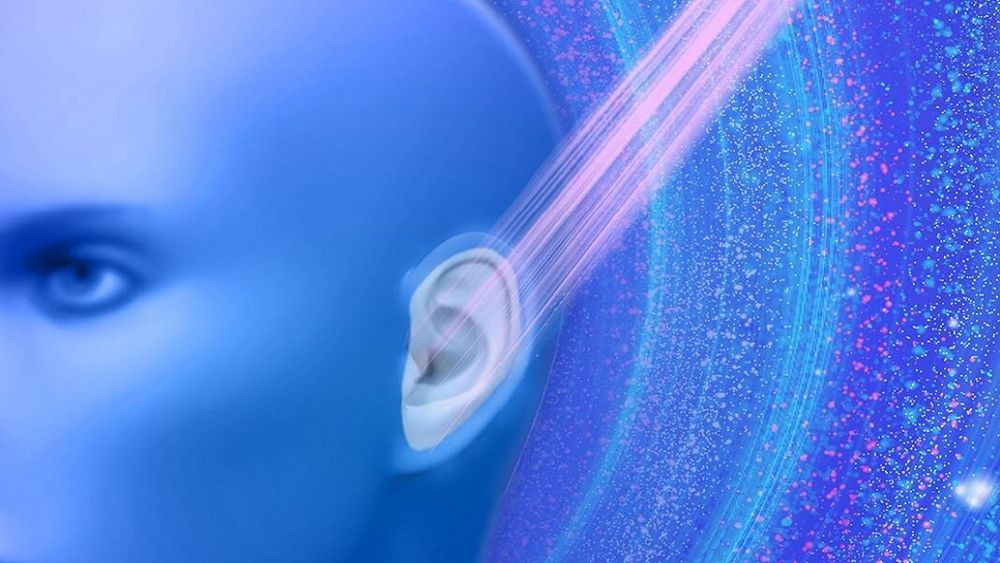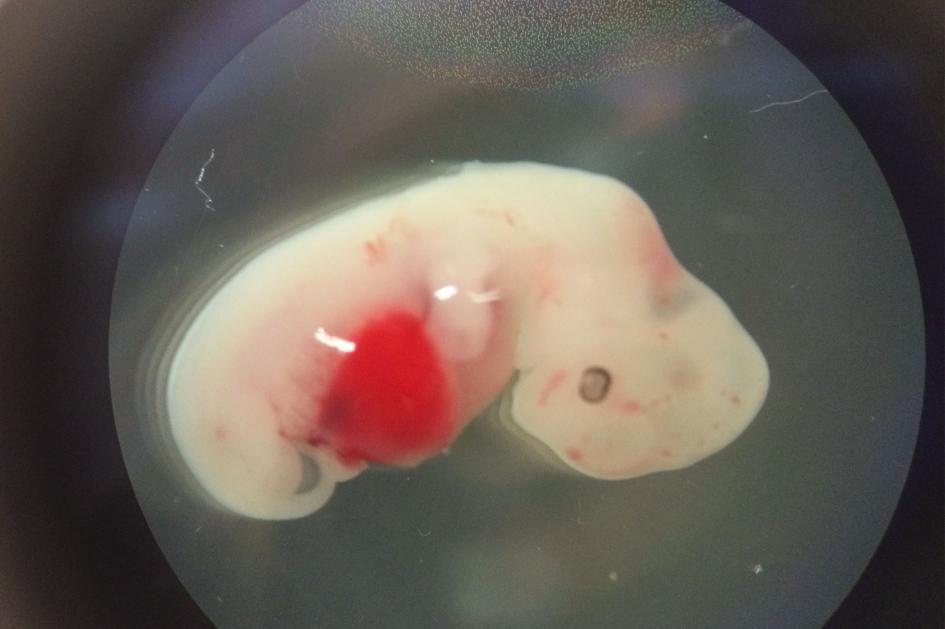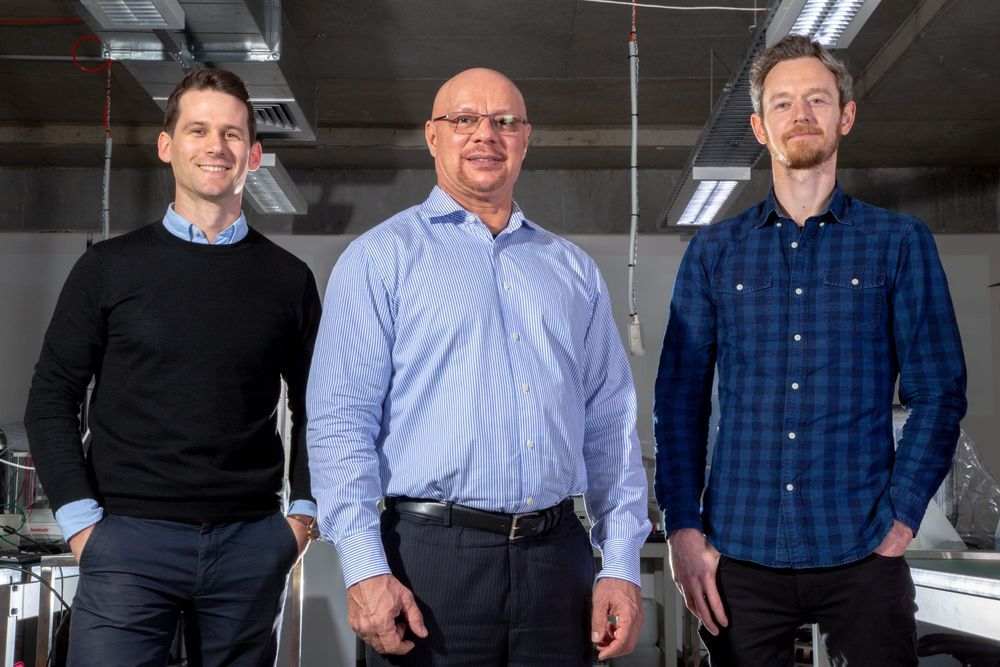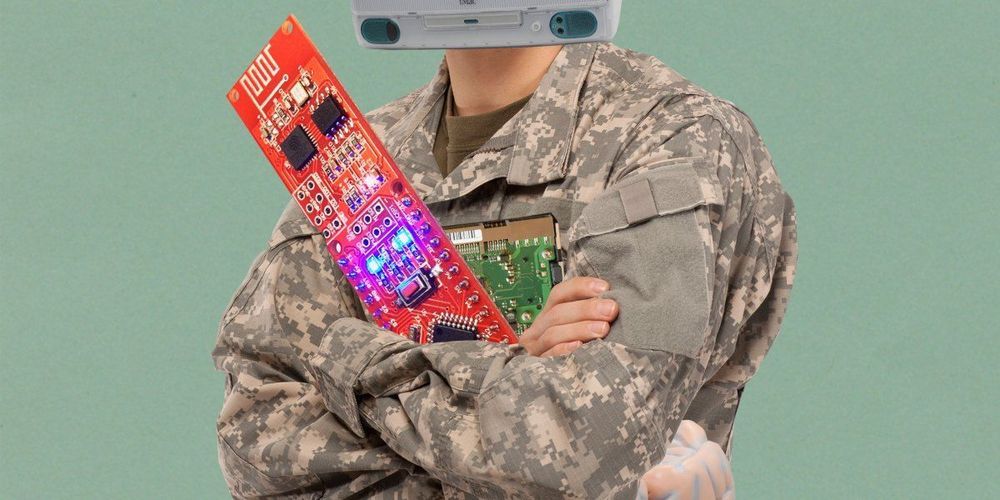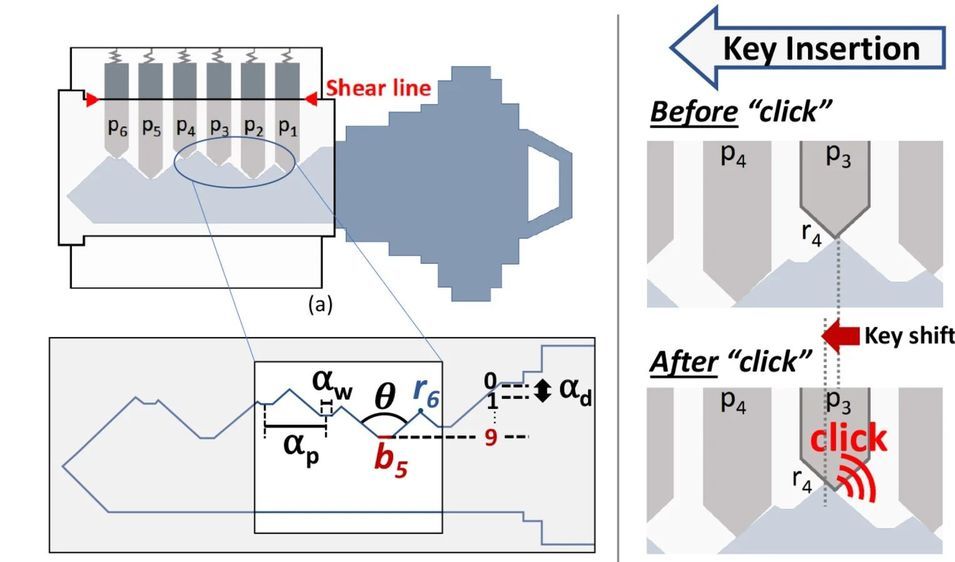Archive for the ‘3D printing’ category: Page 41
Sep 4, 2020
This 3D-Printed Bunny Can Infinitely Duplicate, Thanks to DNA
Posted by Shailesh Prasad in categories: 3D printing, biotech/medical, computing
Sep 2, 2020
Enriching humanity using astroelectricity
Posted by Mike Snead in categories: 3D printing, employment, nuclear energy, robotics/AI, solar power, space, sustainability
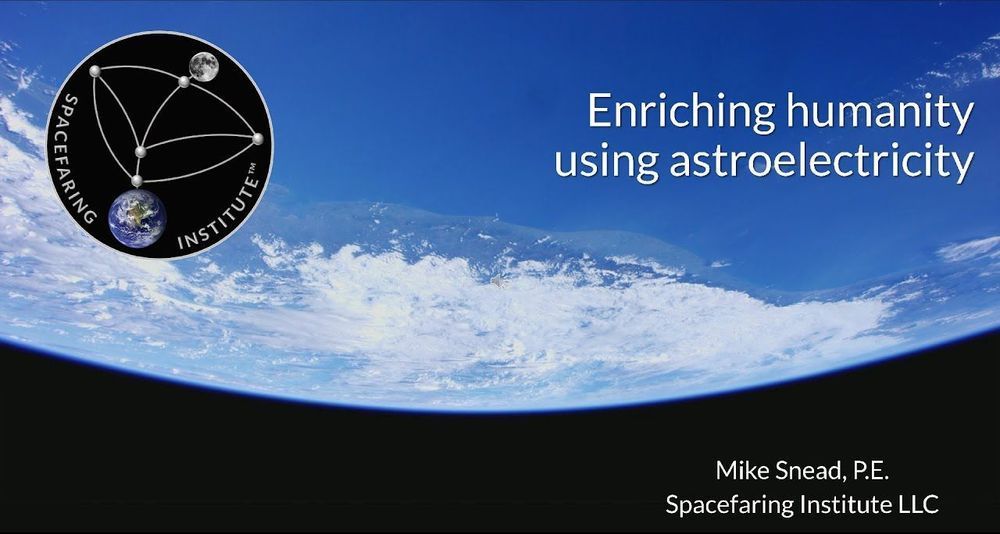
This is my second video presentation on the topic of GEO space-based solar power (astroelectricity). This was also given via video at a conference in Portugal on 22 Aug 2020. After a brief introduction to astroelectricity, the 24-minute presentation addresses how global astroelectricity will enable most of the 17 UN Sustainable Development Goals to be addressed and, especially, how affordable middle-class housing can be built. We are living in an exciting time (in a positive sense) where emerging technologies will enable us to push through these difficult times. The key is to undertake an orderly transition from fossil carbon fuels to astroelectricity and not be sidetracked by poorly developed “solutions” such as the Paris Climate Agreement and the Green New Deal.
The world needs a peaceful, orderly plan to transition from fossil carbon fuels to globally decentralized sustainable energy sufficient to enable worldwide middle-class prosperity. Nuclear power, wind power, and ground solar power—“solutions” often tied to the Green New Deal—cannot practically achieve this. Astroelectricity, generated in space by space-based solar power, can meet this need. This presentation builds on the “(Em)powering World Peace and Prosperity Using Astroelectricity” to discuss the global benefits that will arise from transitioning to astroelectricity.
Continue reading “Enriching humanity using astroelectricity” »
Aug 30, 2020
There’s Now a Swifter Way to 3D-Print Organs
Posted by Shailesh Prasad in categories: 3D printing, biotech/medical
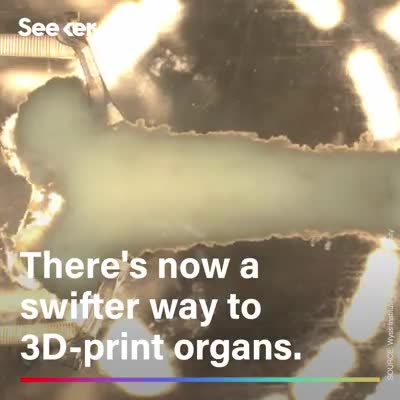
This groundbreaking technique might be used to replace human organs with lab-grown versions 😮.
Aug 30, 2020
Scientists 3D Printed Ears Inside Living Mice Using Light
Posted by Shailesh Prasad in categories: 3D printing, genetics
Using nothing but light and bioink, scientists were able to directly print a human ear-like structure under the skin of mice. The team used a healthy ear as a template and 3D printed a mirror image of that ear—tissue layer by tissue layer—directly onto the back of a mouse.
All without a single surgical cut.
If you’re thinking that’s super creepy, yeah…I’m with you. As a proof-of-concept, however, the team shows that it’s possible to build or rebuild tissue layers, even those as intricate as an ear, without requiring surgical implant. This means that it could one day be possible to fix an ear or other surface tissue defects—either genetic or from injuries—directly at the injury site by basically waving a sophisticated light wand.
Aug 29, 2020
Sheep-Human Hybrids Made in Lab—Get the Facts
Posted by Quinn Sena in categories: 3D printing, biotech/medical, cyborgs
The embryos, which were not allowed to develop past 28 days of age, move researchers a small step closer to perhaps growing human organs for medical transplant.
Every hour, six people in the United States are added to the national waiting list for organ transplants—and each day, 22 people on the list die waiting. In the U.S. alone, more than a hundred thousand people need heart transplants each year, but only about 2,000 receive one.
In response, researchers are working to artificially expand the organ supply. Some are trying to 3D print organs in the lab. Others are working on artificial, mechanical organs. And some are making chimeras—hybrids of two different species—in the hopes of growing human organs in pigs or sheep.
Aug 28, 2020
Robot Skin 3D Printer Close to First-in-Human Clinical Trials
Posted by Malak Trabelsi Loeb in categories: 3D printing, bioprinting, biotech/medical, government, health, robotics/AI
In just two years a robotic device that prints a patient’s own skin cells directly onto a burn or wound could have its first-in-human clinical trials. The 3D bioprinting system for intraoperative skin regeneration developed by Australian biotech start-up Inventia Life Science has gained new momentum thanks to major investments from the Australian government and two powerful new partners, world-renowned burns expert Fiona Wood and leading bioprinting researcher Gordon Wallace.
Codenamed Ligō from the Latin “to bind”, the system is expected to revolutionize wound repairs by delivering multiple cell types and biomaterials rapidly and precisely, creating a new layer of skin where it has been damaged. The novel system is slated to replace current wound healing methods that simply attempt to repair the skin, and is being developed by Inventia Skin, a subsidiary of Inventia Life Science.
“When we started Inventia Life Science, our vision was to create a technology platform with the potential to bring enormous benefit to human health. We are pleased to see how fast that vision is progressing alongside our fantastic collaborators. This Federal Government support will definitely help us accelerate even faster,” said Dr. Julio Ribeiro, CEO, and co-founder of Inventia.
Aug 28, 2020
Episode 13 — Why Future Space-Based Arrays Of Optical Telescopes Will Likely Be 3D Printed In Orbit
Posted by Bruce Dorminey in categories: 3D printing, space
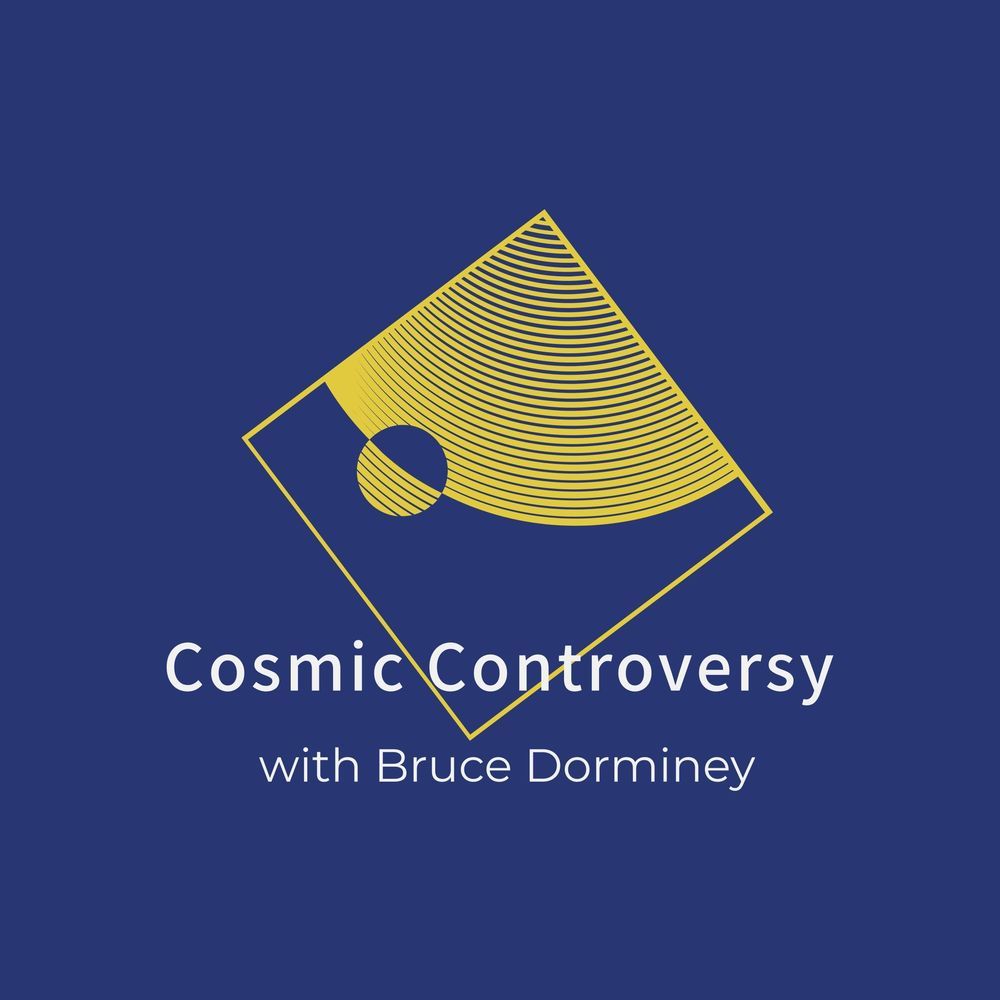
Episode 13; please check out this candid interview with Lowell Observatory astronomer Gerard van Belle on why we need interferometry in space. Many thanks!
Lowell Observatory astronomer Gerard van Belle, Chief Scientist at the Navy Precision Optical Interferometer (NPOI) in Flagstaff. Arizona talks about the possibility of arrays of space telescopes that are 3D printed after launch. We also discuss the history of optical interferometry; why such interlinked telescopes are the key to America’s future in astronomy and why Arizona skies remain as vital today as they were a century ago.
Aug 27, 2020
The US military is trying to read minds
Posted by Vivek Jaiswal in categories: 3D printing, biotech/medical, computing, Elon Musk, military, neuroscience
Elon Musk’s Neuralink will likely show off its design for a brain-computer interface Friday evening. The concept it unveiled last summer involves surgically implanting it into the brain to detect the activity of neurons. The US military also wants to develop a brain-computer interface, as we explain in this story from October. But here’s the kicker: no surgery required—and the device could be put on and taken off like a helmet or headband.
In August, three graduate students at Carnegie Mellon University were crammed together in a small, windowless basement lab, using a jury-rigged 3D printer frame to zap a slice of mouse brain with electricity.
The brain fragment, cut from the hippocampus, looked like a piece of thinly sliced garlic. It rested on a platform near the center of the contraption. A narrow tube bathed the slice in a solution of salt, glucose, and amino acids. This kept it alive, after a fashion: neurons in the slice continued to fire, allowing the experimenters to gather data. An array of electrodes beneath the slice delivered the electric zaps, while a syringe-like metal probe measured how the neurons reacted. Bright LED lamps illuminated the dish. The setup, to use the lab members’ lingo, was kind of hacky.
Continue reading “The US military is trying to read minds” »
Aug 26, 2020
Researchers Find a Way to Copy Keys Using the Sounds They Make Inside a Lock
Posted by Jim Brownfield in categories: 3D printing, mobile phones
Keyed locks are relatively easy to pick if you’ve spent enough time mastering the skill. But researchers at the National University of Singapore have just made it even easier. If you can use a smartphone to record a sound, you can capture all the information you need to create a working duplicate of a key.
The newfound vulnerability – although it’s more a case of modern technology compromising an outdated technology – was discovered by cyberphysical systems researcher Soundarya Ramesh and a team at the National University of Singapore. The attack, called SpiKey, works on what are known as pin tumbler locks that are opened using a key with a unique ridge pattern on its edge. As the key slides into the lock, the ridges push six metal spring-backed pins to different heights which, when all are properly aligned, allow a tumbler to turn and a lock to be opened. They’re one of the most common types of locks out there, used in everything from doors to padlocks, which makes this attack especially concerning.
To open a pin tumbler lock without the key, a locksmith (or lock pick) uses a specialised set of tools to manually adjust the height of each pin, one by one, until they figure out the unique arrangement needed for the tumbler to turn. The SpiKey technique is magnitudes easier, and requires little to no special skills, aside from the ins and outs of operating a 3D printer.

